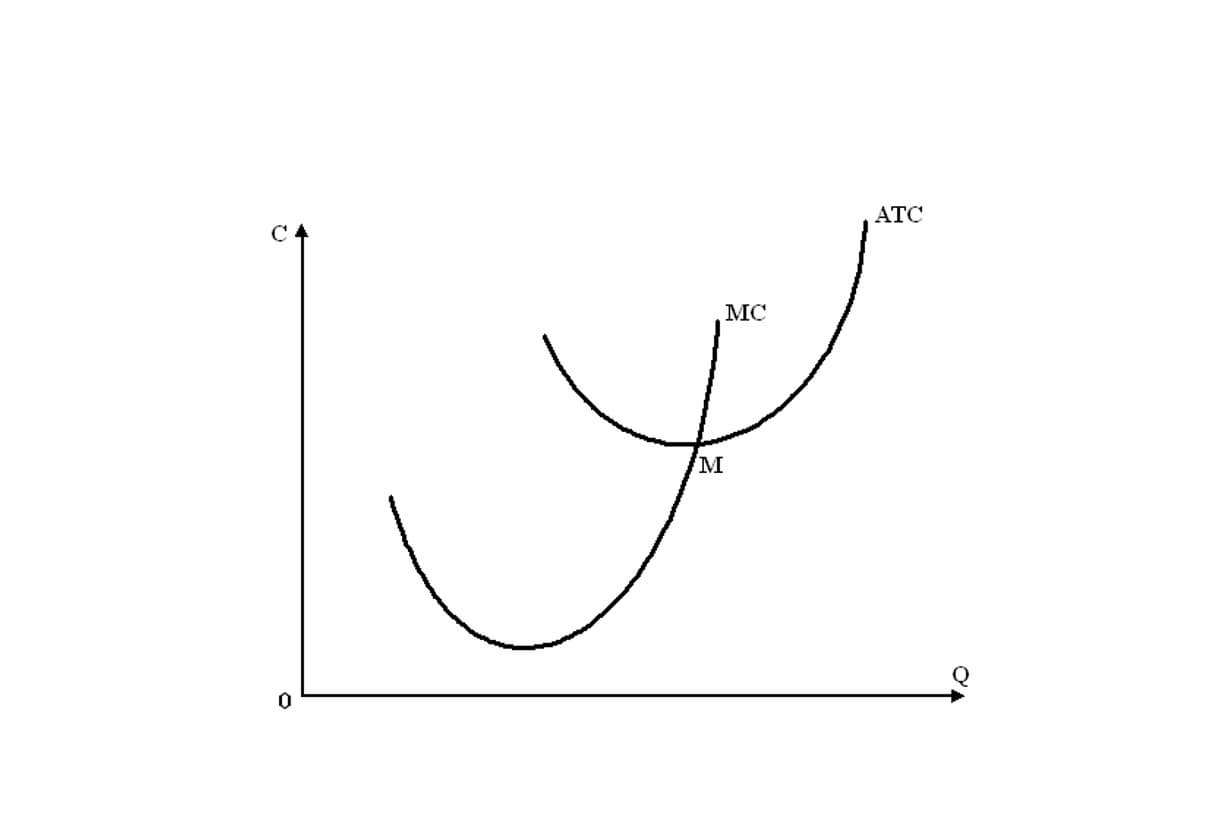Content
- What is Net Working Capital Ratio?
- Download a free copy of “Preparing Your AP Department For The Future”, to learn:
- What is the Working Capital Ratio?
- Sell
- What is a good working capital ratio?
- Working Capital vs. Fixed Assets/Capital
- How to Determine Cash on a Balance Sheet
- Do we need more inflation to get more corporate investment?

The quick ratio is a calculation that measures a company’s ability to meet its short-term obligations with its most liquid assets. Business owners, accountants, and investors all use working capital ratios to calculate the available working capital, or readily available financial assets of a business.
Net working capital ratio shows how much of a company’s current liability can be met with the company’s current assets. The net working capital ratio is the measure of a company’s capability in meeting the obligations that must be paid within the foreseeable future.
What is Net Working Capital Ratio?
To calculate just your working capital, you simply subtract the financial value of your current liabilities from your working capital ratio current assets. So, if you have $150,000 in assets and $75,000 in liabilities, then your working capital is $75,000.
- Working capital is the funds a business needs to support its short-term operating activities.
- When a company sells goods (products, component parts, etc.) there is a concern that its items in inventory will not be converted to cash in time for the company to pay its current liabilities.
- These include white papers, government data, original reporting, and interviews with industry experts.
- She has been an investor, entrepreneur, and advisor for more than 25 years.
- If a company cannot meet its financial obligations, then it is in danger of bankruptcy, no matter how rosy its prospects for future growth may be.
- If you’re struggling with late-paying clients or are forced to offer trade credit to stay competitive, your assets will take a dive until the cash is in the bank.
If you need help with determining your average working capital, you can post your legal need on the UpCounsel marketplace. For instance, Company X has net sales of $10 million in a 12-month period and had an average working capital of $2 million within that same period. If your working capital ratio is high, it is not necessarily a good thing because it indicates that your business isn’t investing excess cash or has too much inventory. Although many factors may affect the size of your working capital line of credit, a rule of thumb is that it shouldn’t exceed 10% of your company’s revenues. These projections can help you identify months when you have more money going out than coming in, and when that cash flow gap is widest.
Download a free copy of “Preparing Your AP Department For The Future”, to learn:
Notes receivable — such as short-term loans to customers or suppliers — maturing within one year. Cash, including money in bank accounts and undeposited checks from customers. Working capital management focuses on ensuring the company can meet day-to-day operating expenses while using its financial resources in the most productive and efficient way. As this table shows, if the liabilities of a company increase, then the working capital ratio decreases. Conversely, if the liabilities of a company decrease, then the working capital ratio increases.
Assets are defined as property that the business owns, which can be reasonably transformed into cash (equipment, accounts receivables, intellectual property, etc.). Because of this, the quick ratio can be a better indicator https://www.bookstime.com/ of the company’s ability to raise cash quickly when needed. For example, a retailer may generate 70% of its revenue in November and December — but it needs to cover expenses, such as rent and payroll, all year.
What is the Working Capital Ratio?
Comparing the values obtained with analysis benchmarks can also be a good way to measure the efficiency of a company vis-a-vis its net working capital ratio. Over the four quarters, the sales to working capital ratio increased from 1.26 to 2.36. This means benchmarking helped the company to adapt its facilities to more profitable use of the working capital.

Both of these current accounts are stated separately from their respective long-term accounts on thebalance sheet. This presentation gives investors and creditors more information to analyze about the company.
Sell
Working capital management is a strategy that requires monitoring a company’s current assets and liabilities to ensure its efficient operation. An alternative measurement that may provide a more solid indication of a company’s financial solvency is the cash conversion cycle or operating cycle. The cash conversion cycle provides important information on how quickly, on average, a company turns over inventory and converts inventory into paid receivables. Working capital can also be used to fund business growth without incurring debt.

